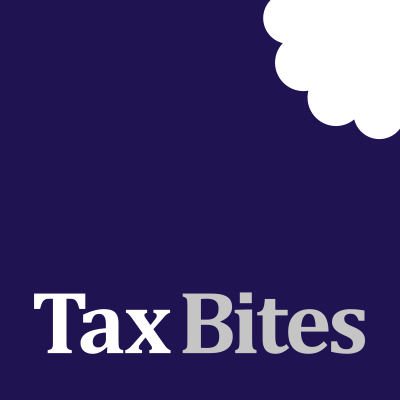
Company share purchase connection trap
17th July 2018
Posted in Articles, Business Tax, Featured Articles by Andrew Marr
Company purchase of own shares
As anyone who has dipped their toes into the waters of tax will know, a purchase of own shares can be a beneficial way for a shareholder to depart from a company. Not only does the company itself finance the exit, rather than other shareholders having to find the cash, but if the relevant tax conditions are met, the shareholder will enjoy capital treatment, with the gain taxed at a CGT rate of 10%, (assuming Entrepreneurs’ Relief). If the conditions are not met, then the proceeds will be taxed as an income distribution and dividend rates of up to 38.1% will apply.
The conditions for capital treatment can be found at section 1033 – 1043 CTA 2010. There is a clearance procedure which is always advisable and which requires the applicant to demonstrate that these conditions will be met, including that the proposed transaction will be for the benefit of the company’s trade.
‘Connection’ trap
When reviewing the conditions, it can be very easy to overlook the implications of the ‘connection test’. This is found at section 1042 and requires the exiting shareholder to have no connection with the company after the buyback has taken place. ‘Connection’ is taken to mean an interest of less than 30%. But 30% of what? This is where the devil is in the detail:
Section 1062 CTA 2010 deals with the definition of ‘connection’ which includes the following:
2) A person is connected with a company if the person directly or indirectly possesses, or is entitled to acquire, more than 30% of—(a) the issued ordinary share capital of the company,
(b) the loan capital and the issued share capital of the company, or
(c) the voting power in the company.
‘Loan capital’ is widely defined and effectively means any money borrowed by the company. ‘Issued share capital’ means the nominal value and includes preference shares.
Beware loans!
Acme Ltd has an issued share capital of 1,000 shares of £1 each and no debt. Four shareholders each have a 25% interest. Founder and director, Jane, wants to retire from the business. The company receives clearance for capital treatment and pays her £300,000 in cash for all of her shares on completion. However, she forgets that when she set the company up, she made it an initial loan of £2,000 and this has remained unpaid over the years.
This oversight results in Jane inadvertently failing the connection test because she was entitled to more than 30% of the combined loan capital and issued share capital immediately after the buyout (2,000/2,750).
Her proceeds as a result are treated as an income distribution and are taxed at a top rate of 38.1%, rather than the 10% capital gains tax rate she was expecting.
Final word
This is quite a frightening effect which is caused by a fairly trivial loan. Shareholders should always carefully review the loan position before a purchase of own shares takes place.



